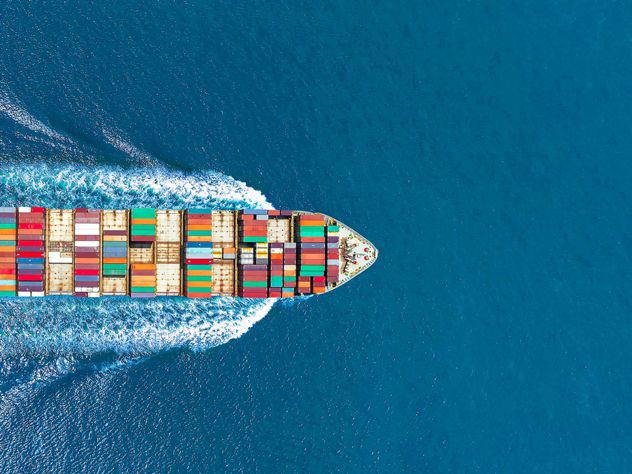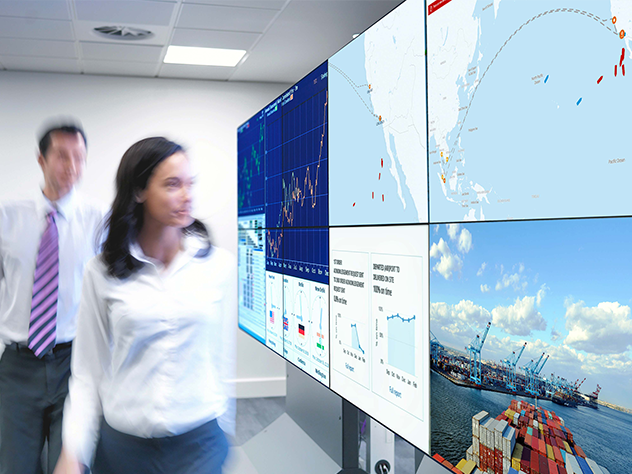The US transportation infrastructure continues to experience severe challenges as ports, terminals and railroads grapple with historic import volumes. Over the past few days, we have seen the first suspension of intermodal service by several of the Class 1 railroads. These challenges are being faced by all parties involved in the International Supply Chain.
Railroads
Union Pacific announced the suspension of eastbound service of all import cargo moving from USWC ports/terminals to their Chicago Global 4 facility. This action is set for a period of at least 7 days as of July 18, 2021. It is an attempt to clear the current backlog of containers, some of which have reportedly been at the facility for 7+ weeks.
BNSF advised they are suspending service to Chicago for at least the next 2 weeks. This takes effect July 18 2021 from all terminals in Los Angeles / Long Beach. Service from Oakland and Tacoma are currently not impacted.
Rail terminals are congested with containers as well as loaded railcars. The lack of terminal space reduces the ability to off-load railcars which also impedes the ability to reposition the railcars back to ports.
Railcars that transit via main hubs (i.e. Atlanta, Chicago, Memphis) to other inland ramps, are affected by this congestion. Service times are increasing.
MSC advised their rail providers serving the Port of New York-New Jersey will meter loads moving to Chicago, Cleveland, and Indianapolis.
If the situation is not improved by the above actions, other US inland ramp locations may be added and more restrictions implemented at various ports.
Rail terminal congestion is also causing metering of export containers to some US ports. This results in fewer railcars being repositioned to ports. It exacerbates the existing challenges and delays moving IPI import containers.
Rail storage, assessed by the individual railroad, is not being waived and starts after 1-2 days, depending on the railroad and ramp location.
Chassis shortage
Chassis availability remains constrained throughout the country, with street dwell times continuing at high levels compared to pre-pandemic.
The longer dwell times impact the ability to move import loads out of port and rail terminals, which ultimately feeds the ongoing congestion.
We urge importers to unload containers ASAP so empty containers can be returned to the carrier.This ensures the chassis can be used for another import delivery, possibly your own cargo. It also helps toward relieving the congestion and potentially creates a reduction in overall demurrage / storage charges that may be incurred.
Port challenges
It is possible IPI containers destined for the above destinations may be placed in “closed” areas of the terminals and may not be accessible until sufficient space is available. Customers should be prepared for the potential of extended delays even after normal IPI service has resumed.
The option to affect “Change of Destination” requests with ocean carriers is available. Depending on the carrier, this can take a minimum of 5 business days prior to vessel arrival, with varying costs applicable. All costs for such requests will be made to the cargo owners and will need to be accepted, in writing, before action is taken.
Trans-load options, while available, are limited. Facilities are facing a backlog of cargo to be trans-loaded and there is an insufficient supply of FTL equipment. Consequently, premium rates should be expected for moving cargo to its final destination.
As peak season runs through November, extra loader vessels will be arriving at US ports. This is expected to further exacerbate the existing challenges already mentioned.
With ongoing congestion, assessment of demurrage charges can be expected to continue.
Trucking – FCL/LCL/FTL
The trucking industry throughout the USA is experiencing record volumes, while struggling to retain and attract drivers. The driver population is aging and currently has a shortage of at least 60,000 drivers.
Lead time for container dray driver availability is anywhere from 5 to 28 days, depending on the port or ramp location.
Ocean carriers
Container vessel capacity is maxed out with all suitable vessels being utilized. Carriers are shifting capacity from one trade lane to another based on demand and revenue streams.
FAK and FAK Premium rates are now the norm, regardless of the trade. The US trucking situation has also resulted in ocean carriers implementing Emergency Intermodal Surcharges for all carrier haulage moves, import and export.
Port and terminal congestion is a global issue and not limited to the US. We are seeing varying levels of Port Congestion Charges being announced and implemented by carriers.
Empty equipment availability at origins, especially throughout Asia, is extremely tight for all carriers and leasing companies. They are repositioning empties as quickly as possible—sometimes at the expense of low-yielding export cargo and cargo requiring extended free time at destination, or is destined to a port served only via feeder service.
Continued port delays across the globe have rendered on-time performance rates in the 30%-40% range.
At this time, there is no indication as to when cargo will again flow at pre-pandemic service and transit time levels.
Please feel free to contact your Kuehne+Nagel representative with any questions or to find out how we can help keep your supply chain moving.









